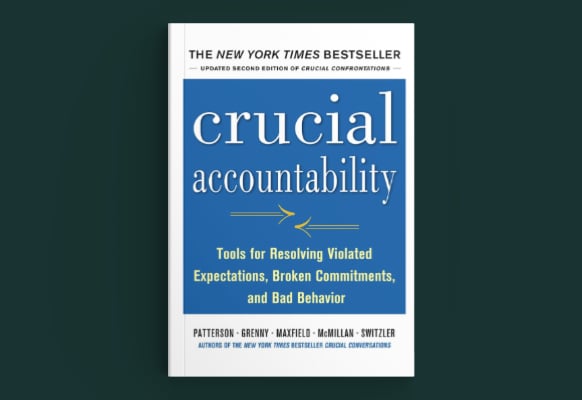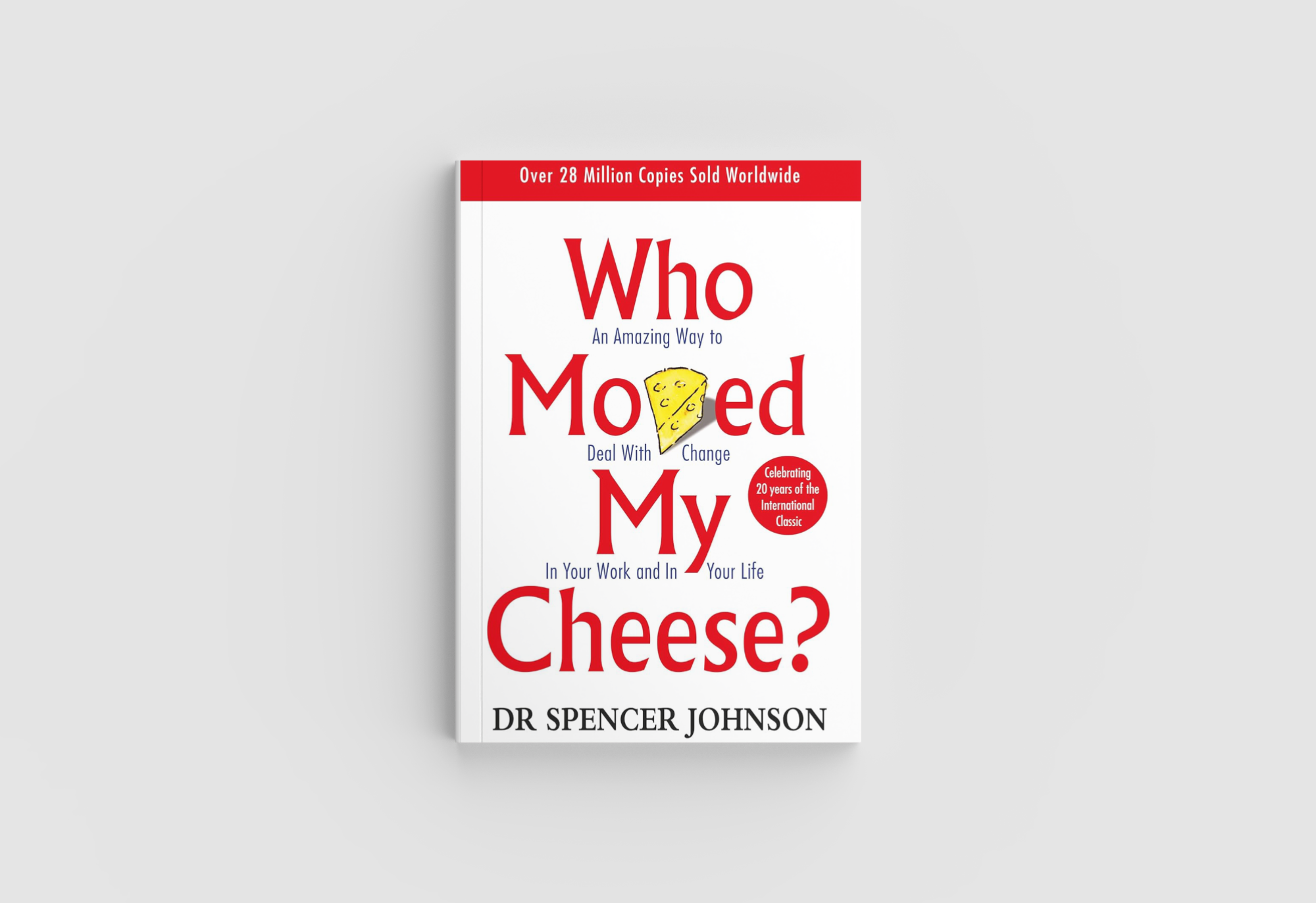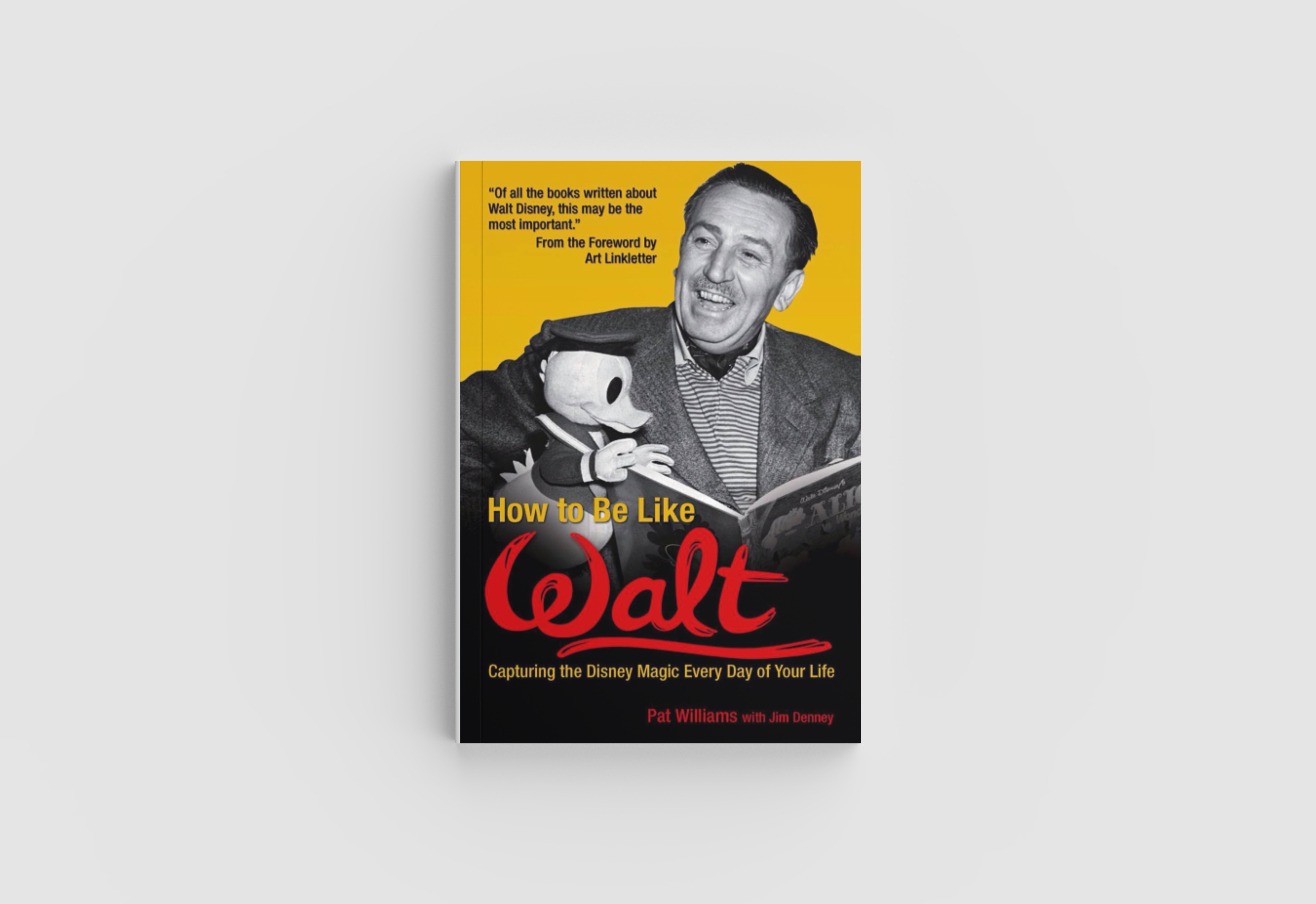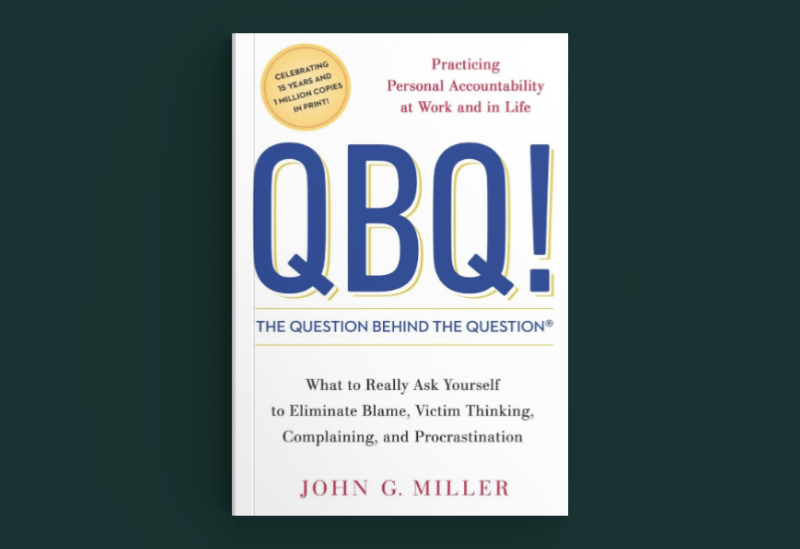BETTER IMPACT BOOK BITES: Who Moved My Cheese
This Month's SelectionWho Moved My Cheese, by Spencer Johnson, M.D.The seventeenth in a series of Better Impact Book BitesA taste of great books...
5 min read
![]() Nicole R. Smith
Oct 28, 2025 9:00:03 AM
Nicole R. Smith
Oct 28, 2025 9:00:03 AM

This Month's Selection:
Crucial Accountability:
Tools for Resolving Violated Expectations, Broken Commitments and Bad Behavior
By Kerry Patterson, Joseph Grenny, David Maxfield, Ron McMillan and Al Switzler
The twenty-ninth in a series of Better Impact Book Bites
A taste of great books worth consuming.
We have all been told over and over that we have to have the courage to have difficult or “meaningful” or “purposeful” conversations. Yet we are rarely given the tools on how to actually do so. This book not only addresses how important these conversations are, but it gives practical tools, templates and sample language to inspire accountability in every situation; regardless of the personality you are interacting with. It is 9 chapters, 262 pages, available in an audiobook and comes with an index, discussion questions and a plethora of resources and learning materials.
The book starts off pretty powerfully. It shows you how to cut through emotions if someone has broken a commitment and stick to the actual issue at hand. It offers the CPR (Content, Pattern, Relationship) model to help identify the real cause of the issue. Then, to my actual surprise, it challenges the reader by asking if you should address the issue at all. Should every broken commitment or action be addressed? Are there some instances where we should just let it go and/or possibly expand our zone of acceptance? It’s a tough call, but the book helps you decipher if the issue should be addressed or not. This chapter also discusses instances when we SHOULD have a conversation, why we often choose not to, and how this can allow small issues to fester into much bigger problems. For example, if your conscience is nagging you about it, you should probably say something.
Ah, I love this chapter because it helps us to prepare BEFORE saying anything when it comes to having a conversation addressing behaviors. The subtitle for the chapter is, “How to Get Your Head Right Before Opening Your Mouth.” It discusses why it is so important to think through what you say before you say it. The authors warn us to be careful of the stories we tell ourselves about the situation because it can cause us to establish an uncomfortable working environment without even knowing it. It identifies why we may choose silence or violence when it comes to having an accountability discussion and why neither is a good resolution. One way to combat both is to tell ourselves the rest of the story, essentially giving people the benefit of the doubt. It introduces the six sources of influences that may distort the story in our heads and how to be aware of them. The best leaders are not afraid to hold others accountable when a situation occurs, nor do they stay in a state of self-loathing if they themselves are the ones who dropped the ball. In both situations, they step up and handle the situation and it starts with the story we tell ourselves.
I’ll be the first to say that when attempting to have an accountability conversation, creating a space where the other person felt safe was my biggest challenge, so I was happy the authors provided ways for me to learn to do this. First, they discussed what NOT to do and then provided tools on what to do: Start with safety, share our path and end with a question. They share the importance of mutual respect in the conversation; if your tone, facial expression or words are disrespectful, you are not respecting the other person, and the conversation is doomed from the start. One of my favorite parts of this chapter, and the book overall, is the authors show you how to identify if the person is beginning to shut down and how to handle it. That has always been the hardest part for me. How do I have a conversation with someone who shuts down and shies away in mid-conversation, or even worse, they anticipate the conversation so they just avoid having it with you no matter how hard you try (not showing up to the meeting, not answering your phone call, avoiding you).
Accountability is directly tied to motivation. If you don’t know what is motivating a person, trying to hold them accountable is nearly impossible. This chapter demonstrates how to get to the root of what motivates the person. Again, I love that it also addresses what approaches not to take (charisma, power and perks) and how when operating within the personal, social and structural domains, you are much more likely to succeed with motivating someone into action.
One of the best ways to help people stay accountable is by making the commitment easy and practically painless. The book provides tools on just how to do that including jointly exploring barriers, avoiding quick advice and asking for ideas. It helps you identify if the reason someone isn’t being accountable is an ability issue (the machine has been broken for months) or a willingness to do the task. Using the aforementioned tools can help get to the root of the problem and find solutions together.
During accountability conversations, we must remain flexible and focused. Sometimes the conversation can take a turn or get sidetracked, so we have to know when it is okay to go down that road or pull the conversation back to the original issue at hand. The book helps you navigate inadequate excuses and the importance of “bookmarks”. It gives examples of 4 different types of problems that can emerge during a conversation and how to address them. It describes what you should do when:
Okay, so you are having the accountability conversation, and it is going well. How do we end it in such a way that helps keep us from having this conversation again in the future? Create a plan using the WWWF model: WHO, Does WHAT, By WHEN and then Follow up. The authors talk about micromanagement and abandonment when it comes to commitments, why it may happen, and how to prevent it and two different types of follow up tactics, the checkup and the checkback, to help keep things moving on track.
As it indicates, this chapter is all about putting all the steps together. It gives examples of conversations that have been had and how each step applied to each conversation. Very practical and eye-opening.
Alas, the chapter where people think the steps work for everyone else, but it won’t work for them because they have a special situation. The authors address the 12 most common “yeah but” rebuttals; then describe the danger point and solution for each. The point is, are you willing to try it or not? We are all capable of talking ourselves out of this.
Accountability can be difficult, but it doesn’t have to be harder than it already is. I have seen over and over again a situation that wasn’t addressed balloon into a much, much bigger issue. Bad behavior not addressed can lead to low productivity and a toxic work environment. This book was extremely helpful to me because I am never afraid to have an accountability conversation, I just never knew what to do if the other person shuts down. This book opened my eyes to an important step I was missing, creating safety in the conversation. I would just get right to the point. The beauty of it is, for some people I can still do that, but now I am aware and better equipped of how to identify if I have encroached on the safety of a conversation with someone and navigate through it better when it happens.
Featured Posts

This Month's SelectionWho Moved My Cheese, by Spencer Johnson, M.D.The seventeenth in a series of Better Impact Book BitesA taste of great books...

This Month's SelectionHow to Be Like Walt Capturing the Disney MagicEvery Day of Your Life, Pat Williams with Jim DenneyThe eighteenth in a series...

This Month's Selection:QBQ! The Question Behind the Question: Practicing Personal Accountability at Work and in Life By John G. Miller The...